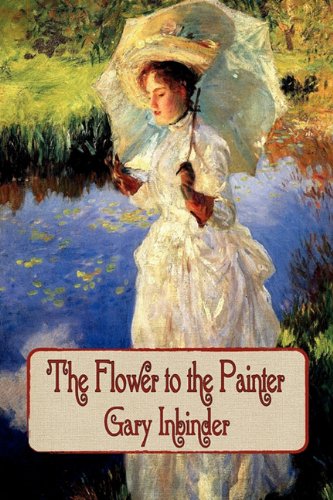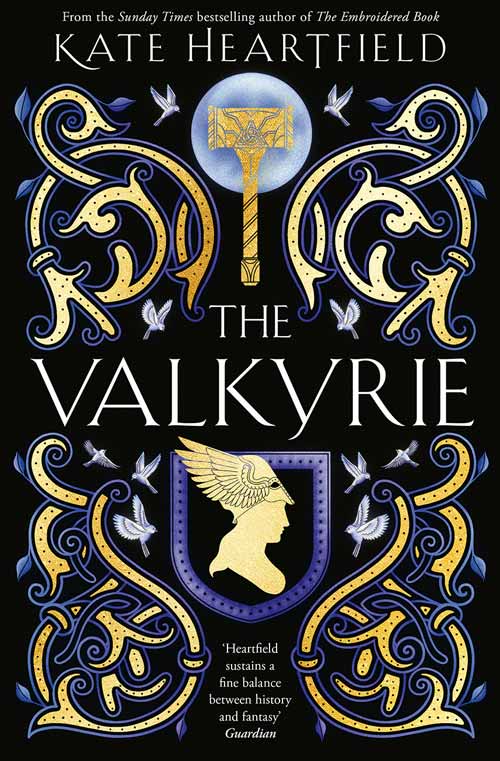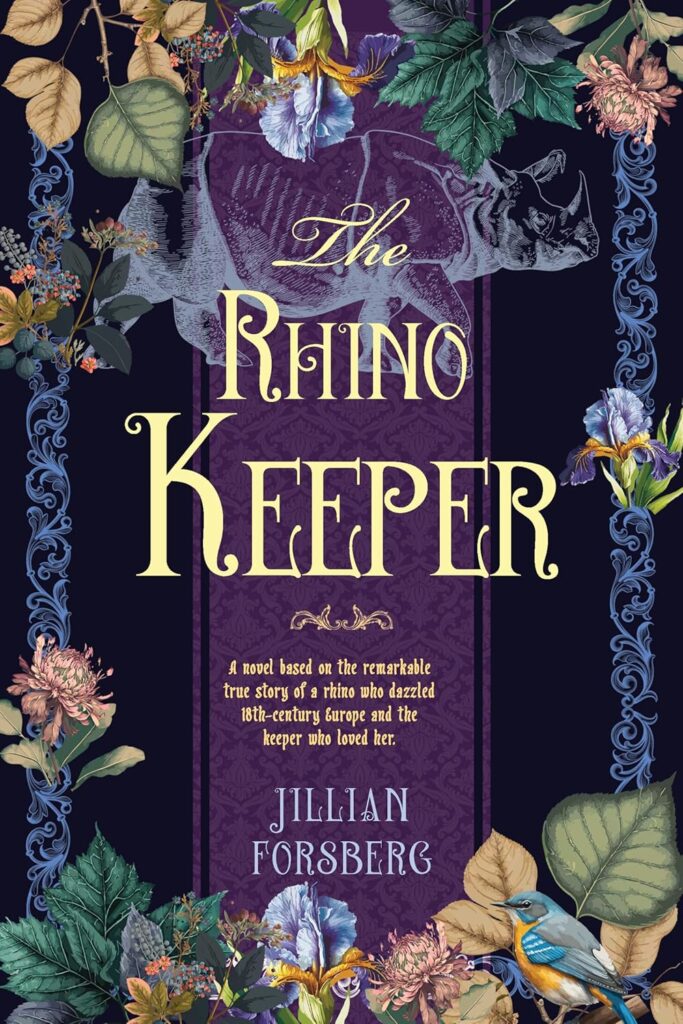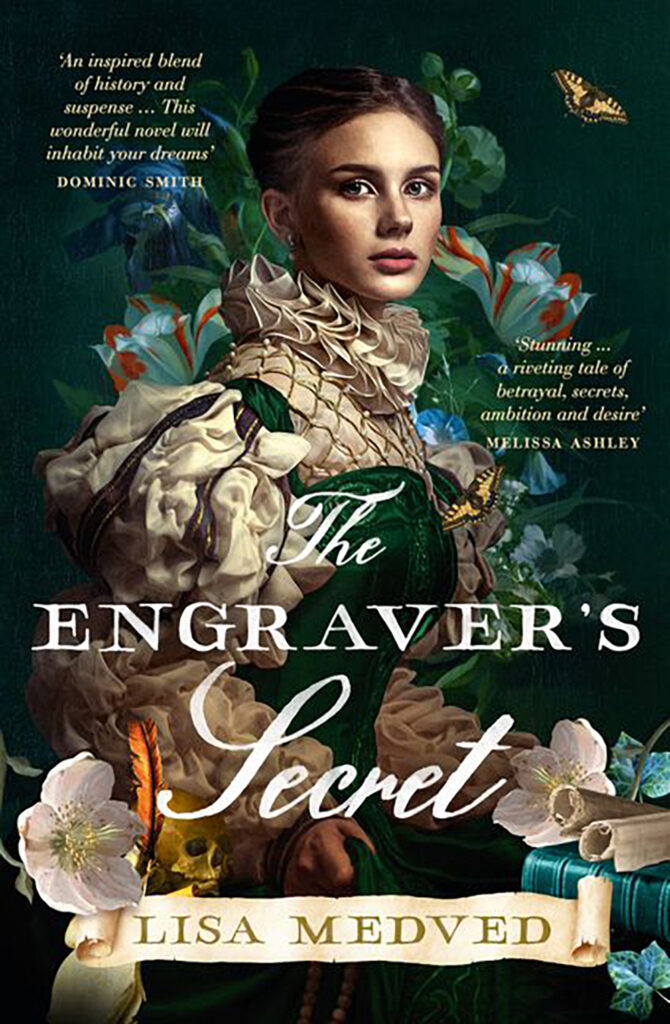The Flower to the Painter
Alone at the age of 22 in late 19th-century Florence, with no living relatives and no dowry, the future of expatriate Marcia Brownlow appears bleak. Marcia loves women: in particular, her childhood friend, Daisy. Suspicious of Marcia’s intentions, Daisy’s aunt arranges an opportunity for Marcia to work as a secretary for novelist Arthur Wolcott, on the condition that Marcia sever her ties to Daisy. Ever the pragmatist, Marcia agrees.
Arthur Walcott does not hire women, so Marcia poses as a man. Assuming the persona of her late brother, Mark, she interviews with Arthur and is promptly hired. Arthur discovers “Mark’s” grand artistic talent and arranges for him to be mentored by other artists. All the while, Marcia’s talent is nurtured and her skills continue to grow. While developing a career that spans several Italian cities, London, and the United States, Marcia is pursued by three different women who believe her to be a man. Marcia struggles to manage her erotic feelings for these women, feelings which must remain hidden lest her secret be revealed.
Marcia Brownlow is an unconventional 19th-century heroine. She desires to produce beautiful art, but her aesthetic sensibilities are tempered by practicality. Understanding art to be a business, Marcia desires to produce work that sells, and at the highest prices possible. Disguised as a man, she is taken seriously both as artist and businessman and achieves success. But just as in real life, success comes at a price.
The characters are rich, and the heroine is very compelling. The rather simple plot sometimes drags a bit, but the three-dimensional characters that inhabit it more than compensate. This is very worthwhile reading.










